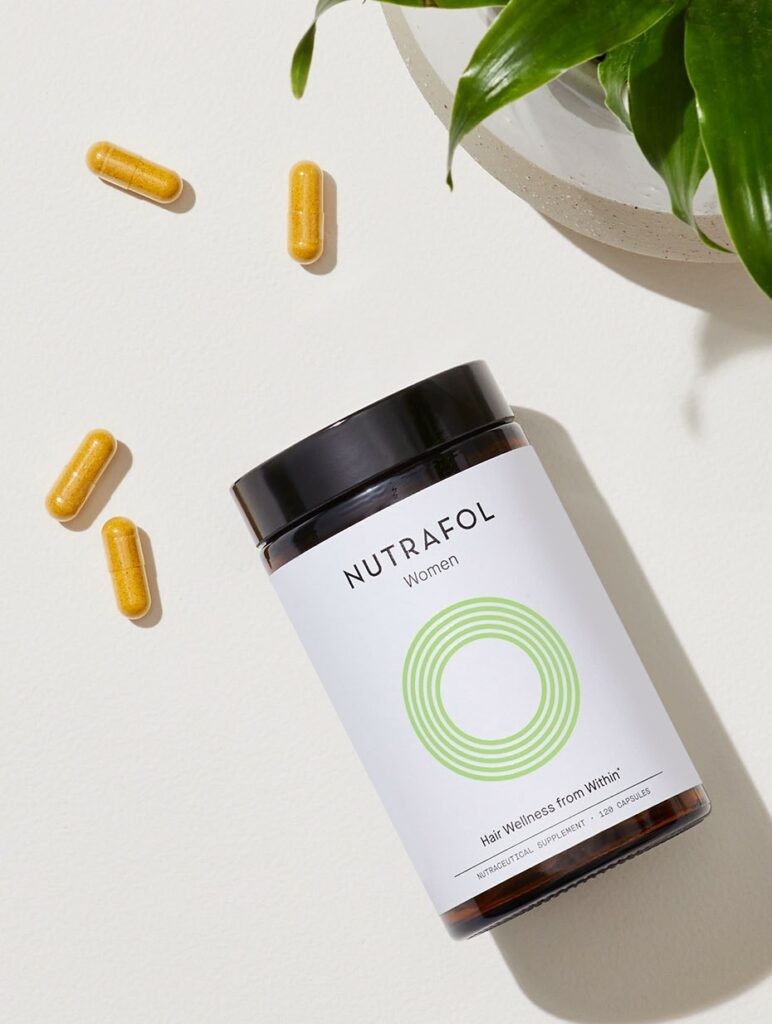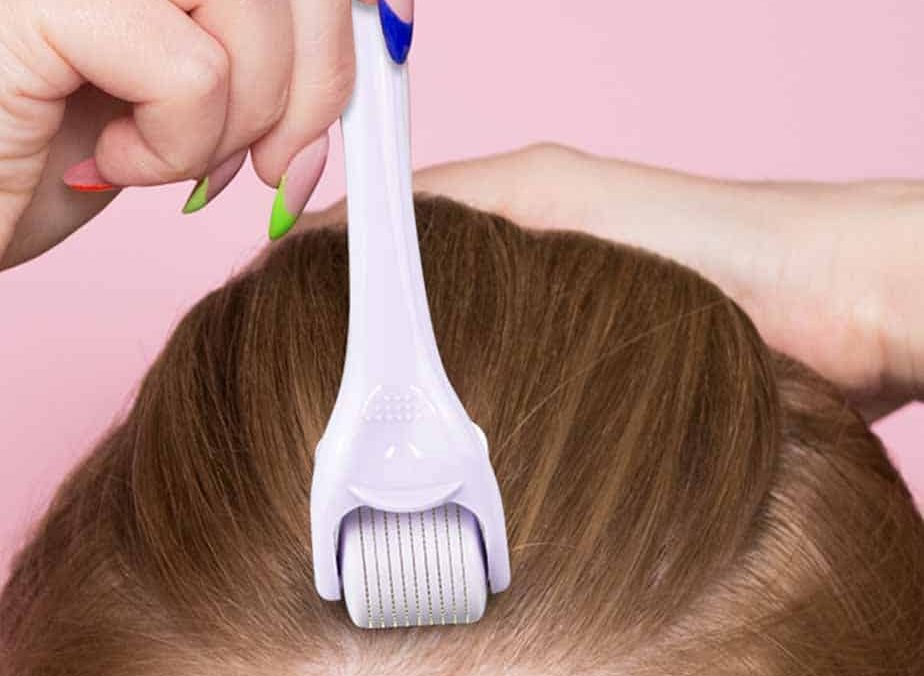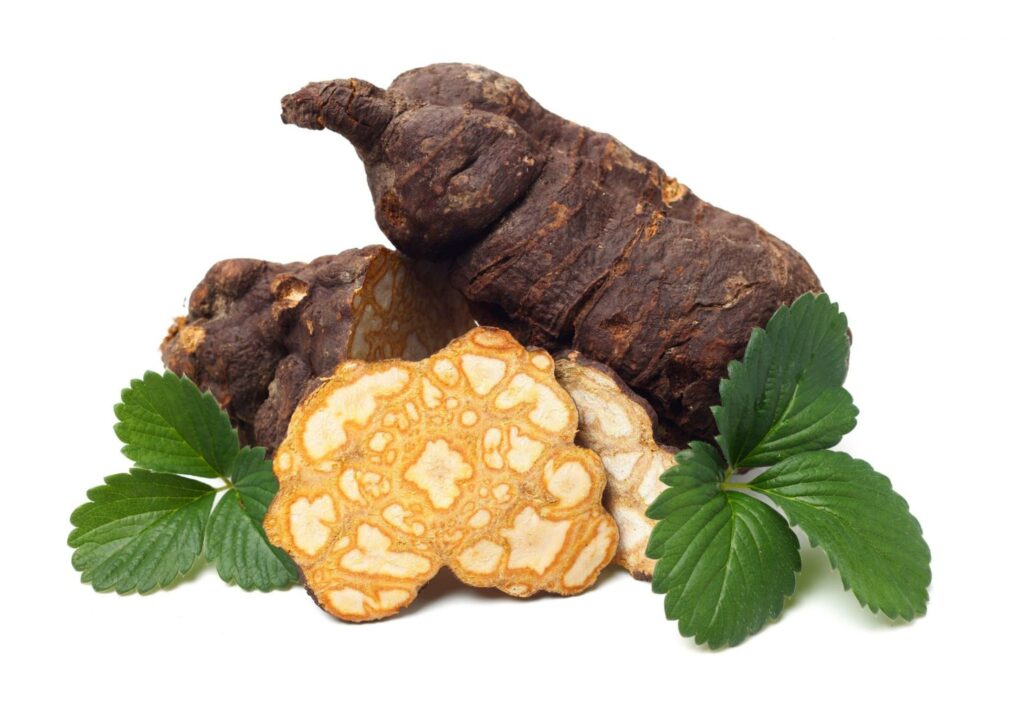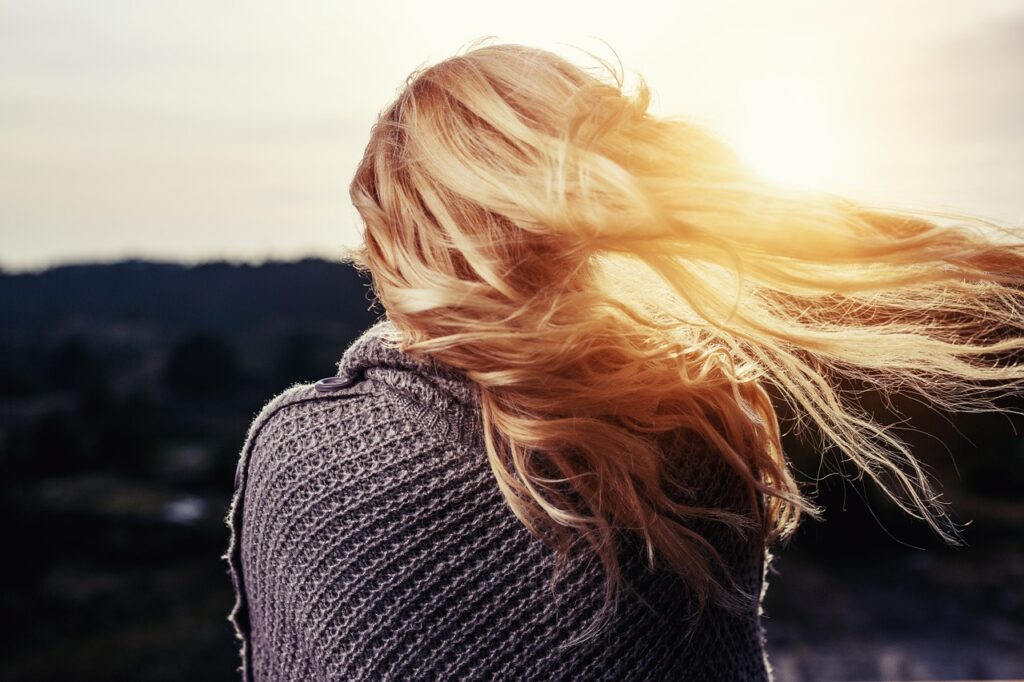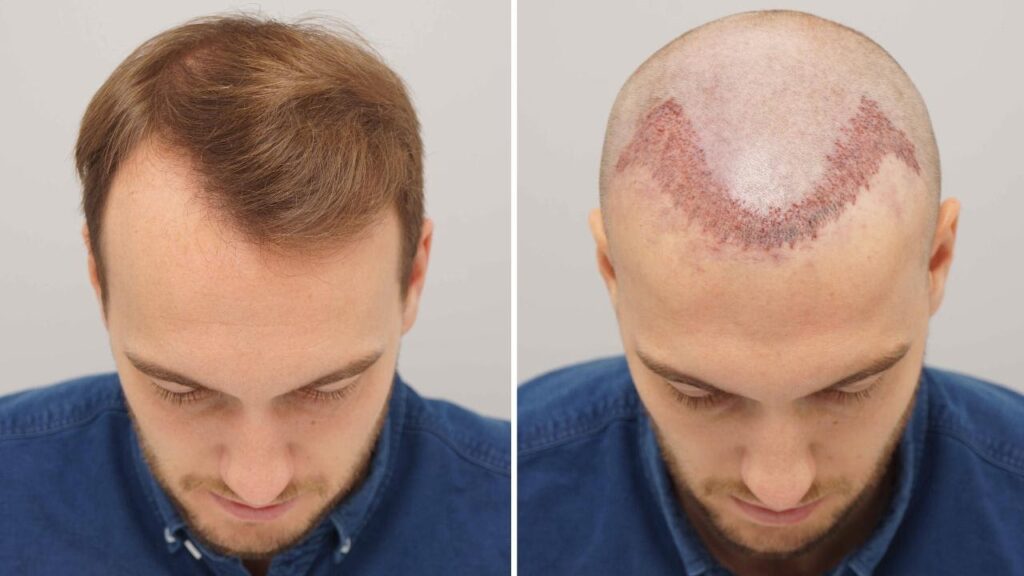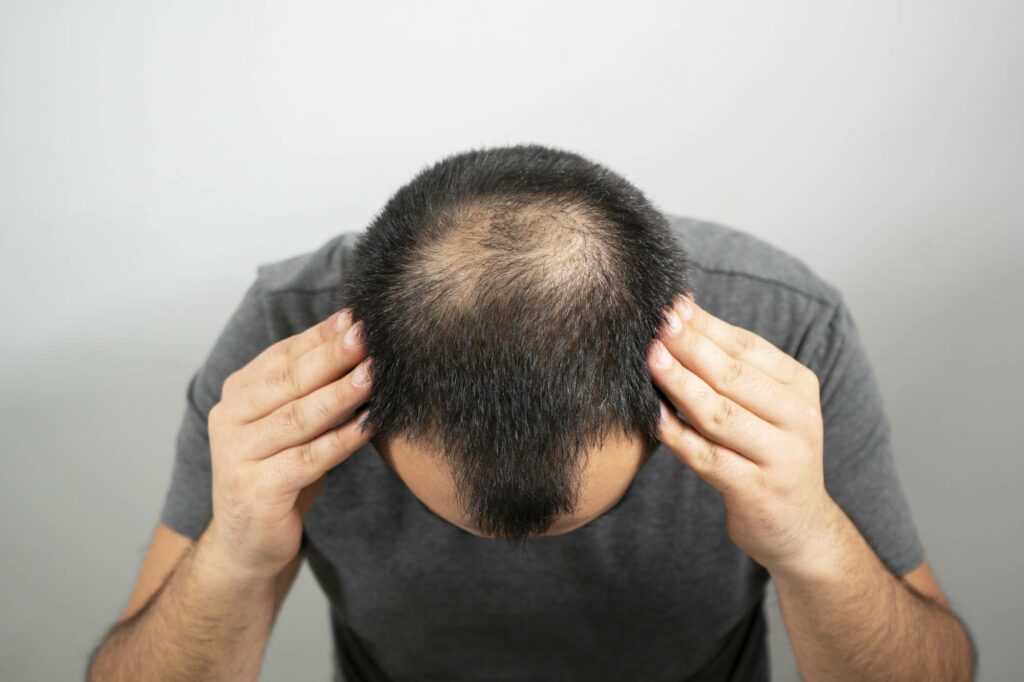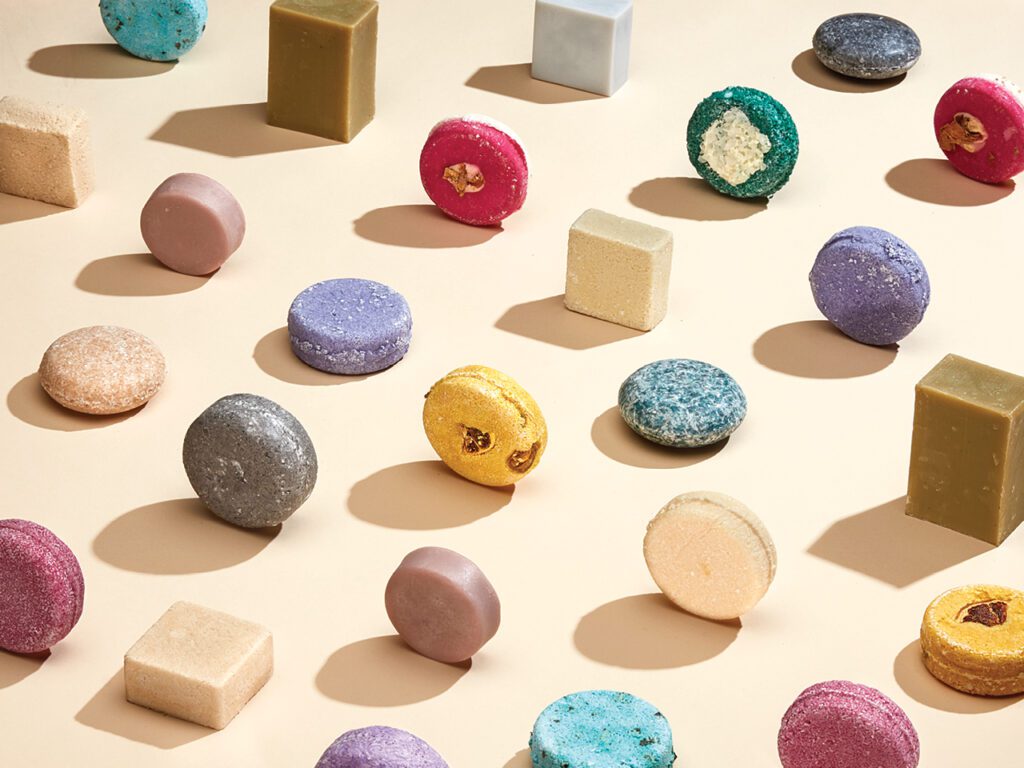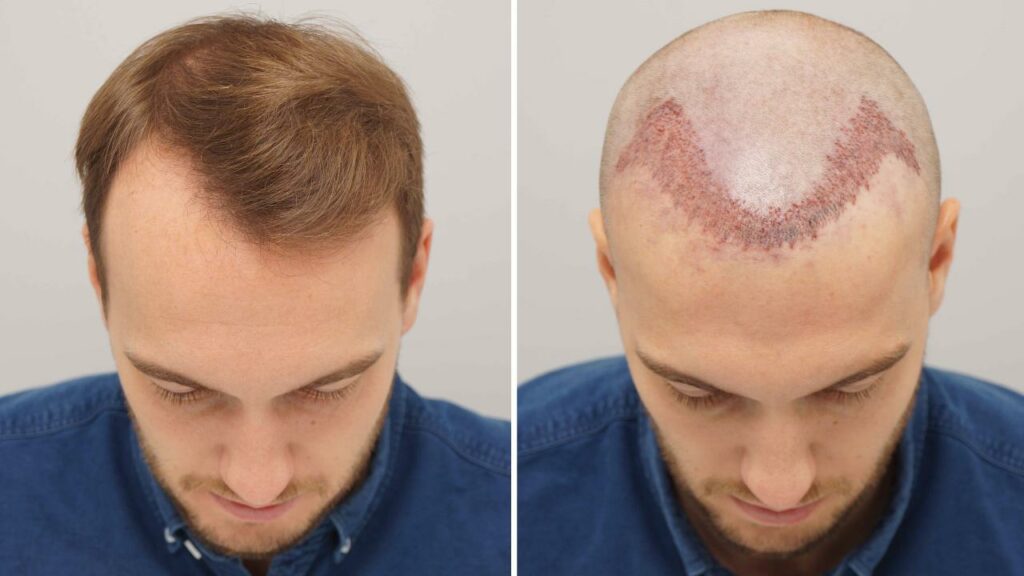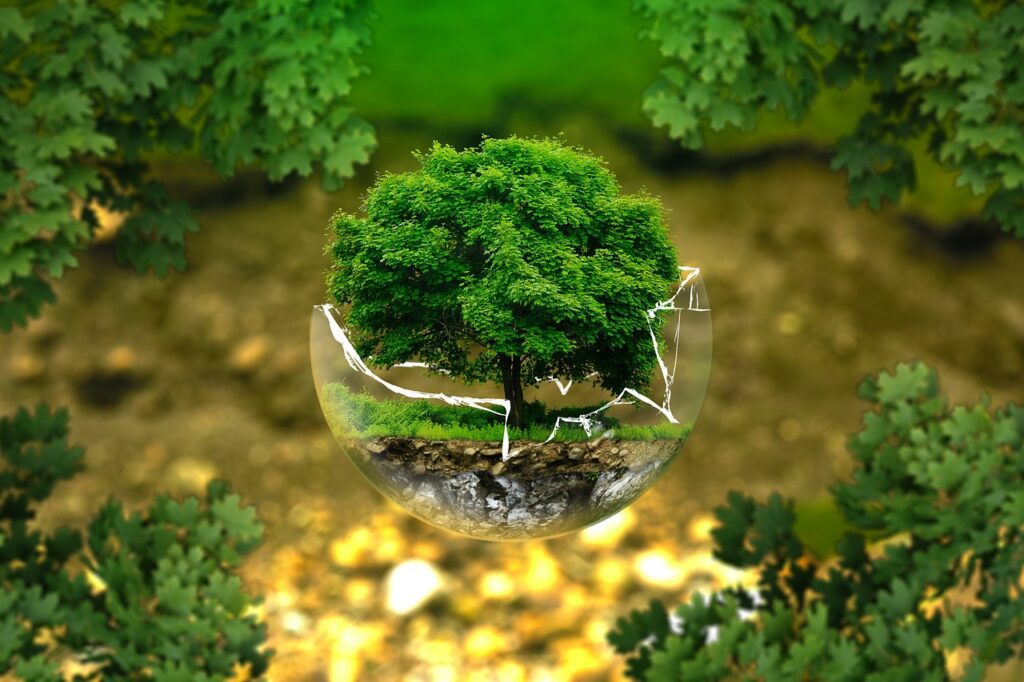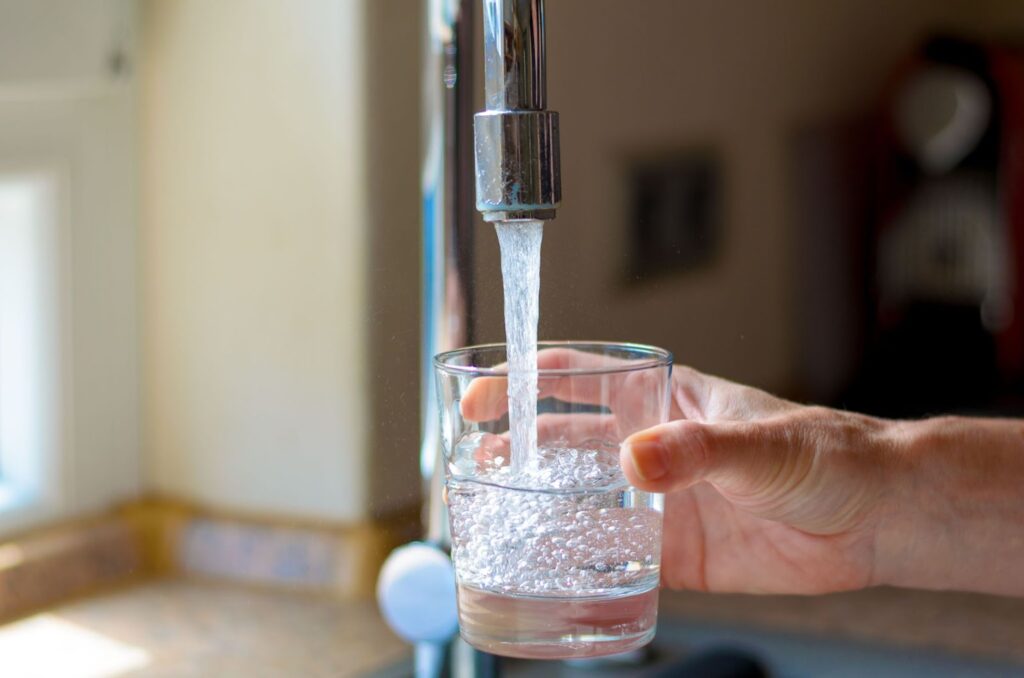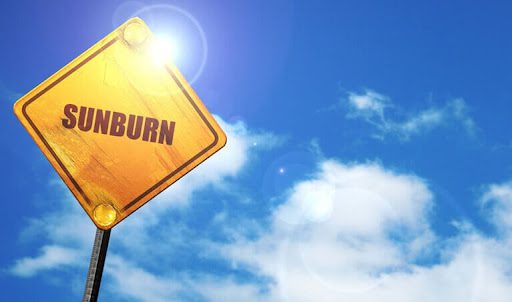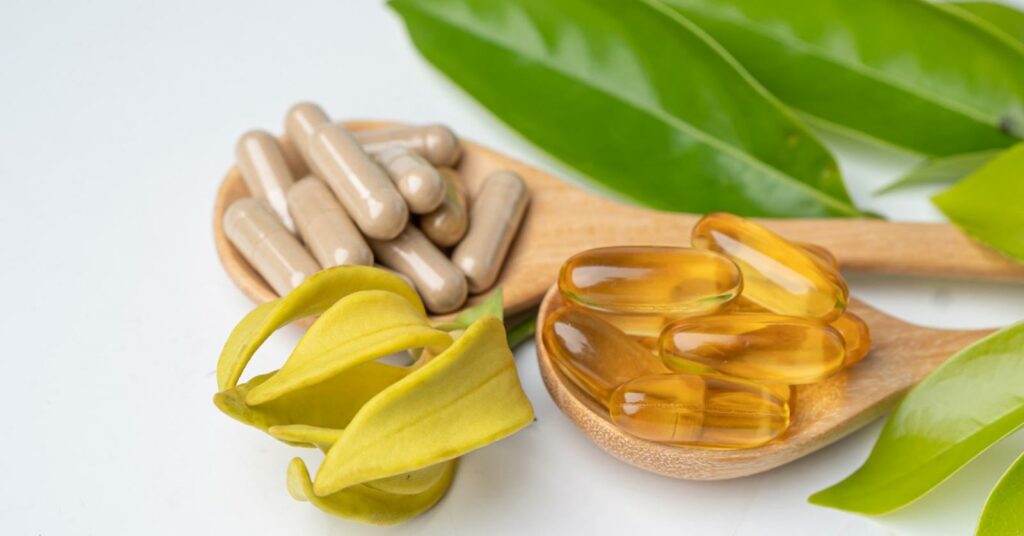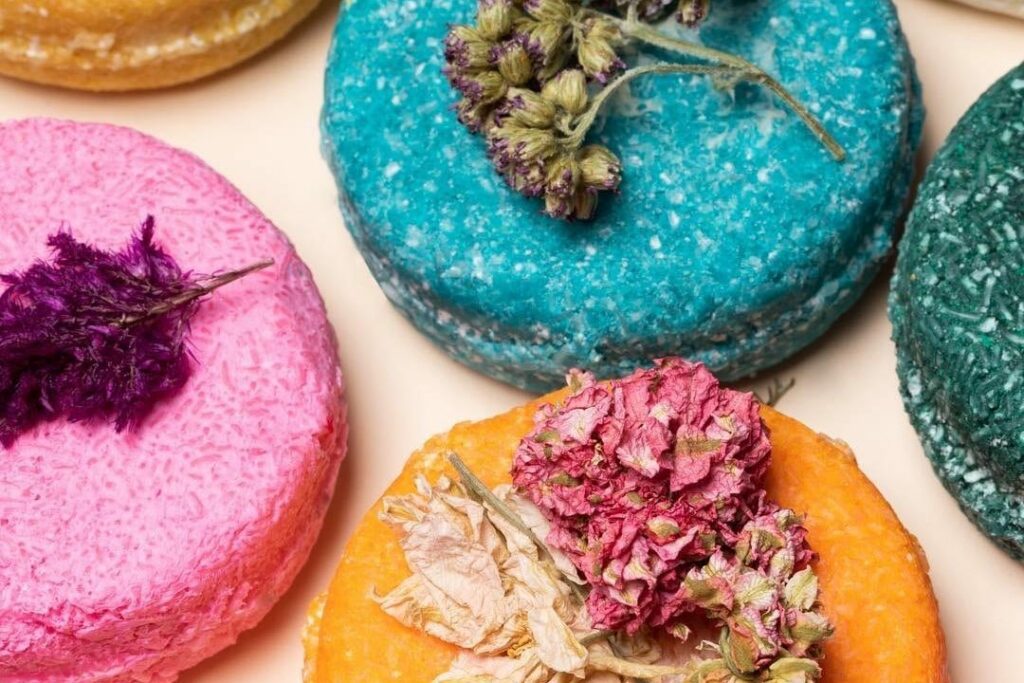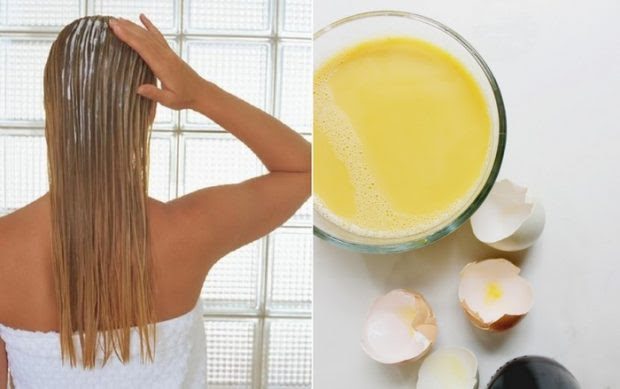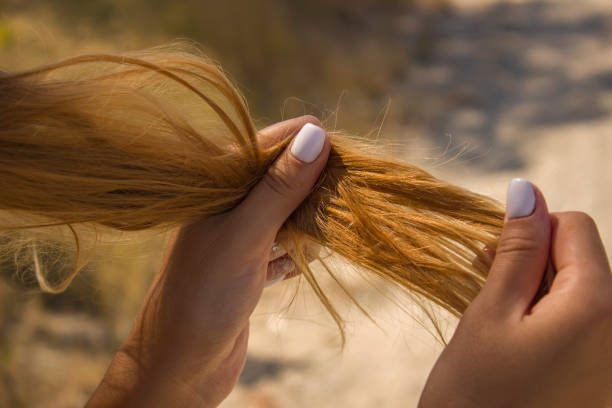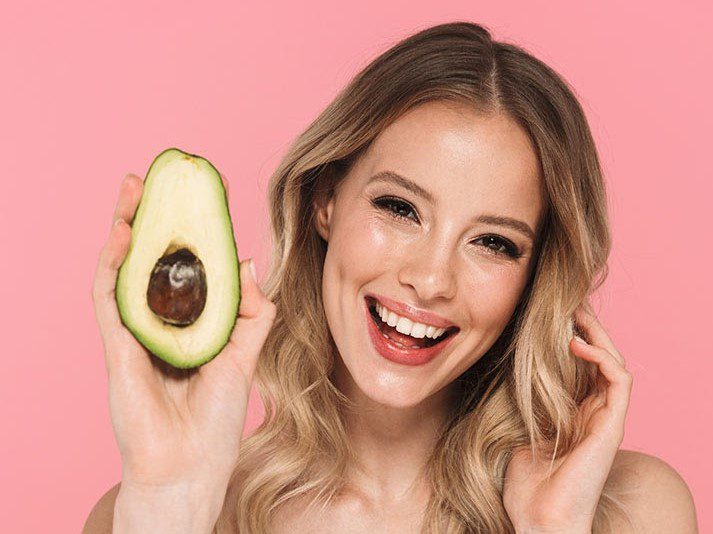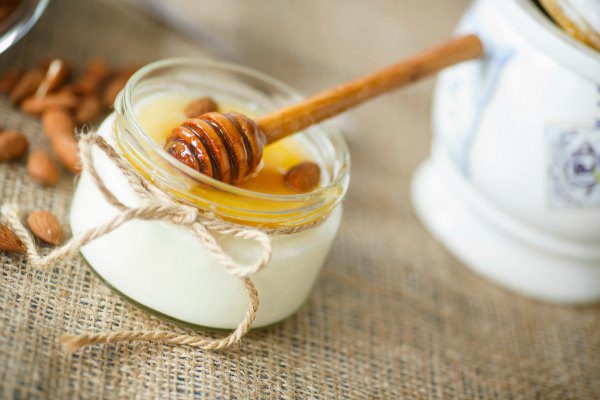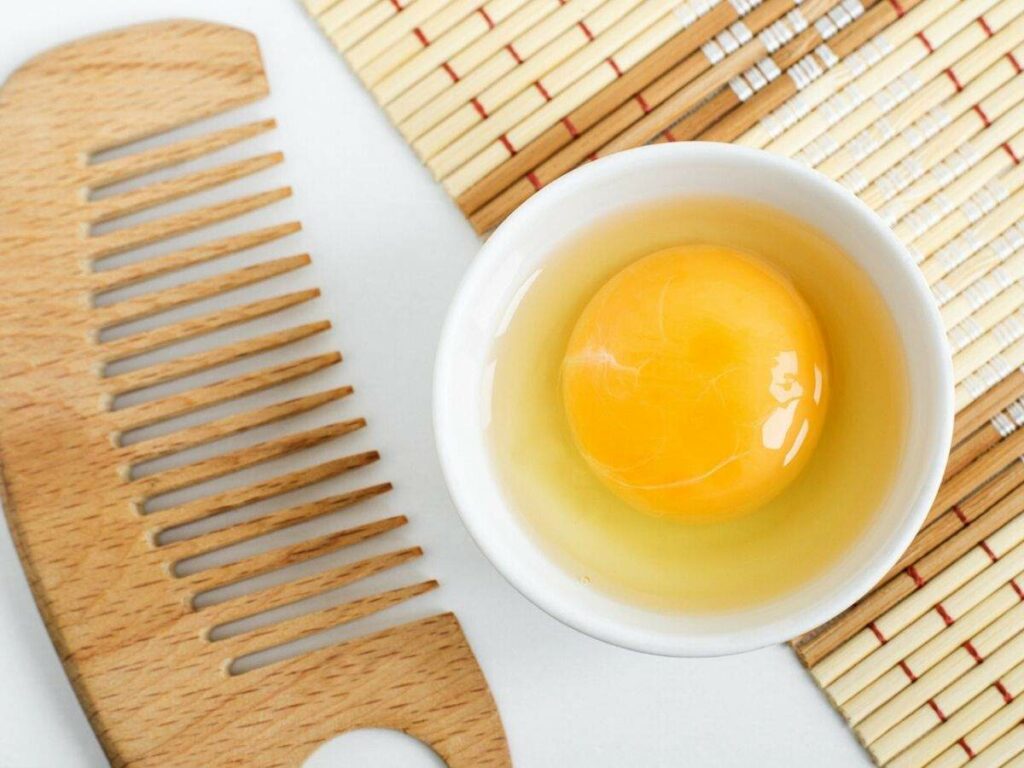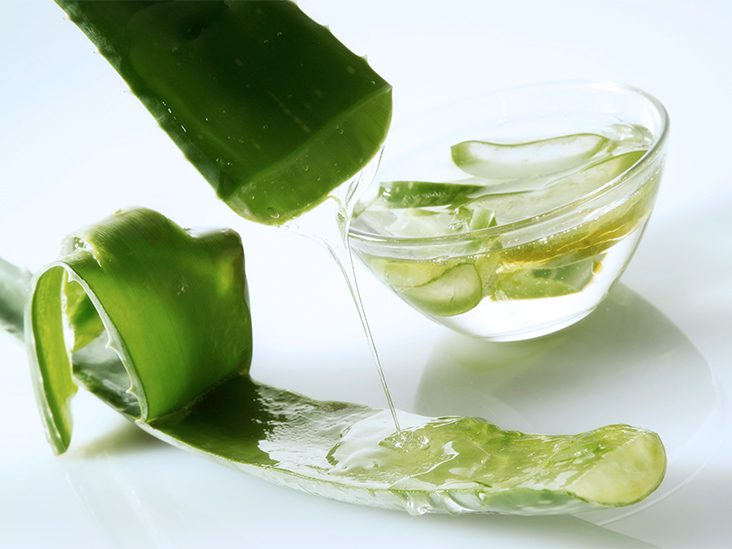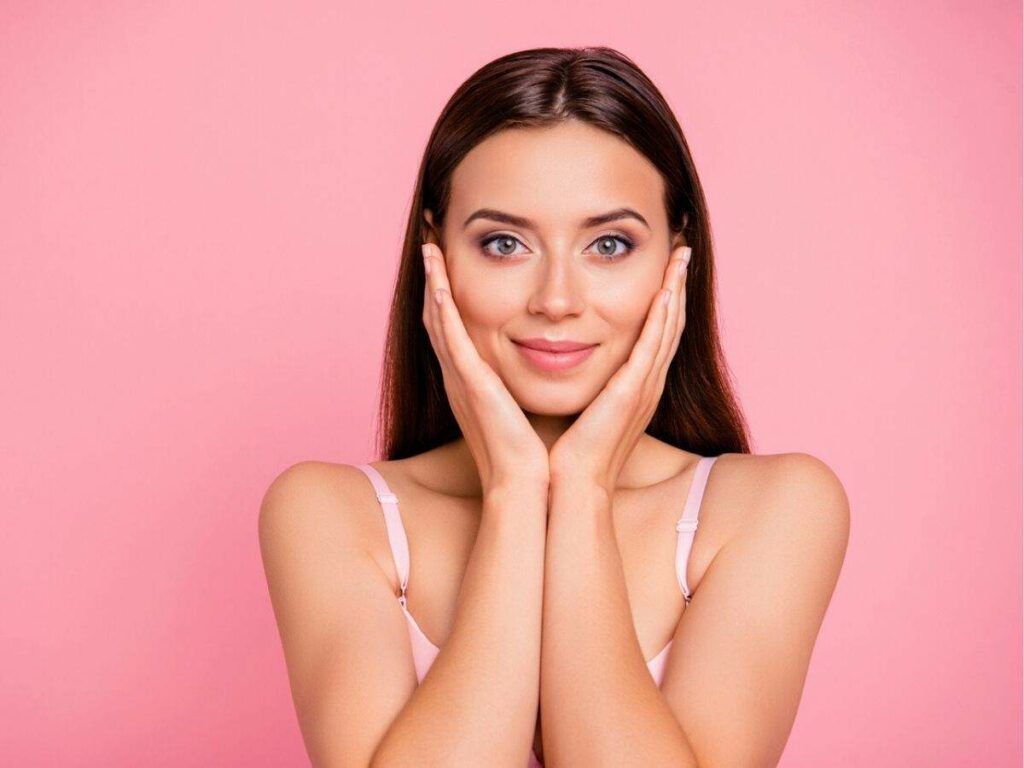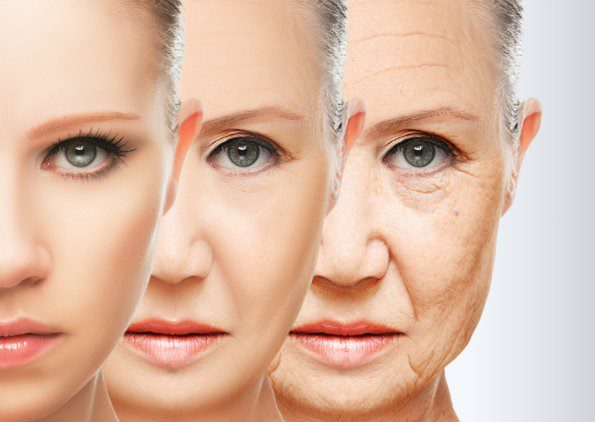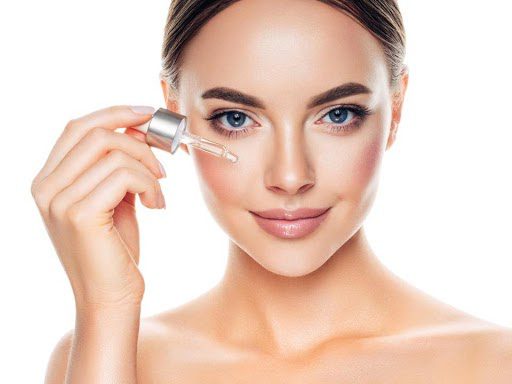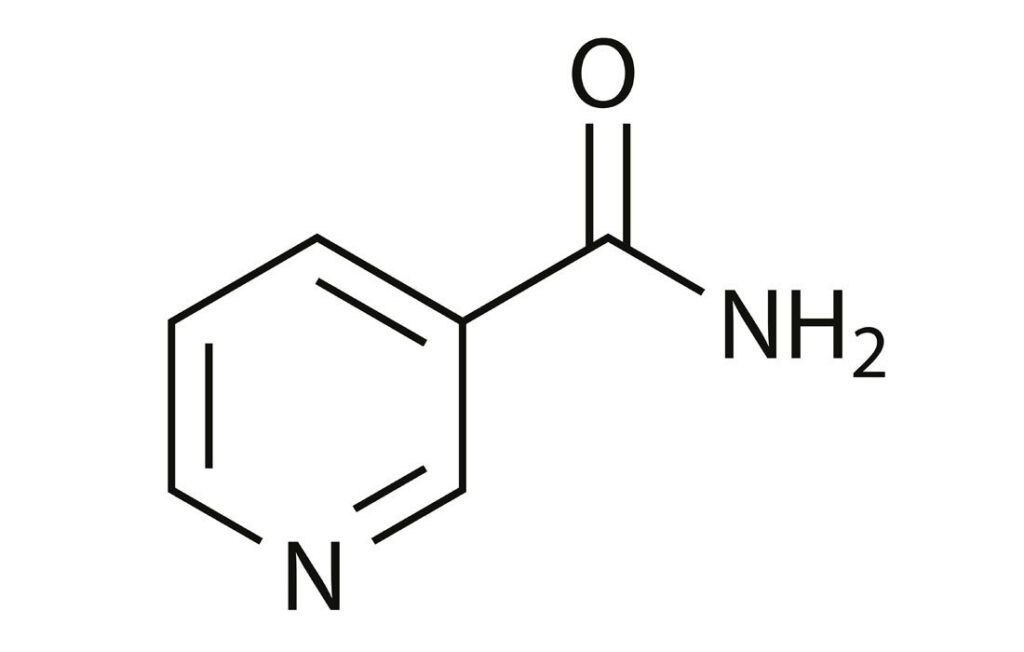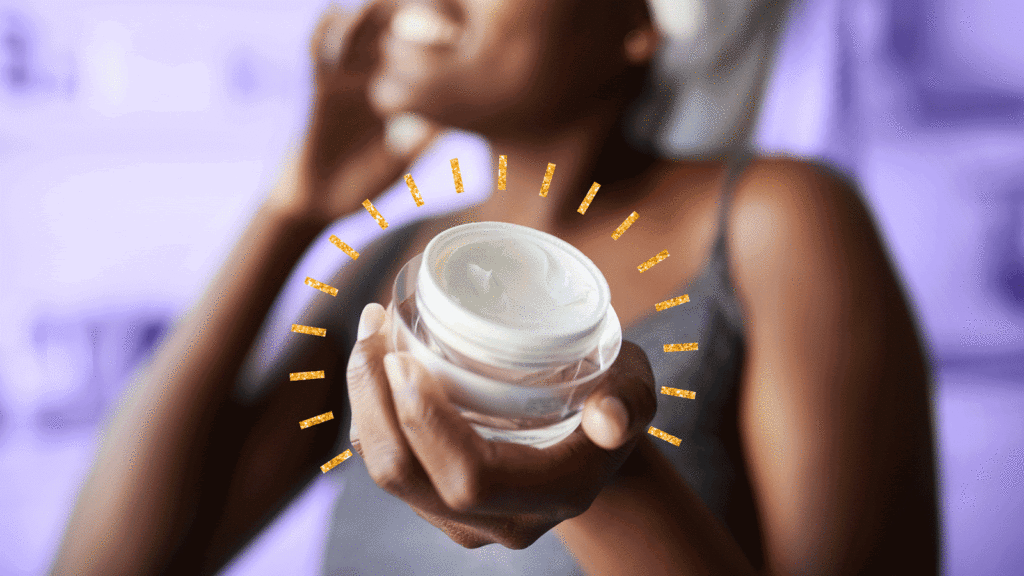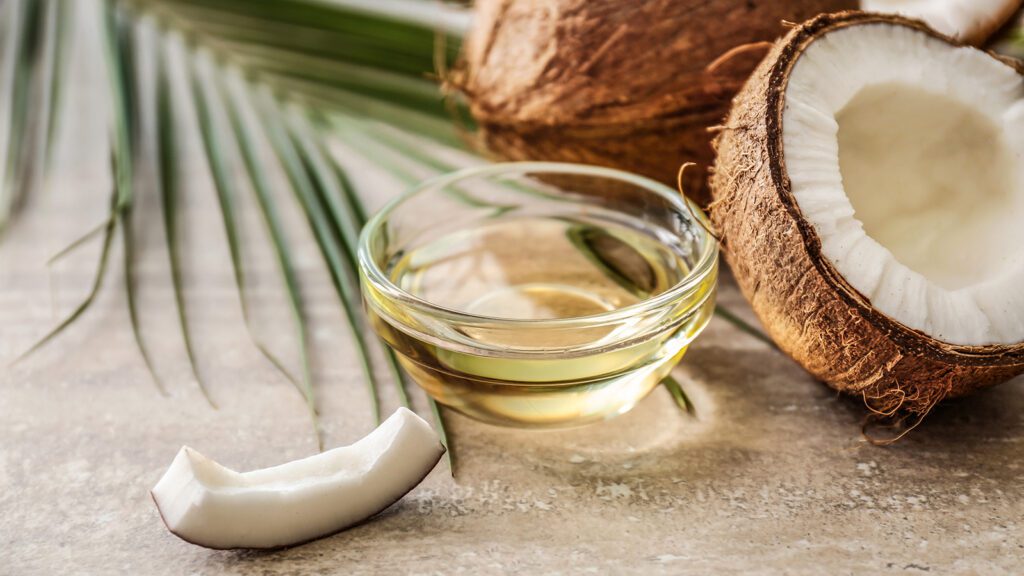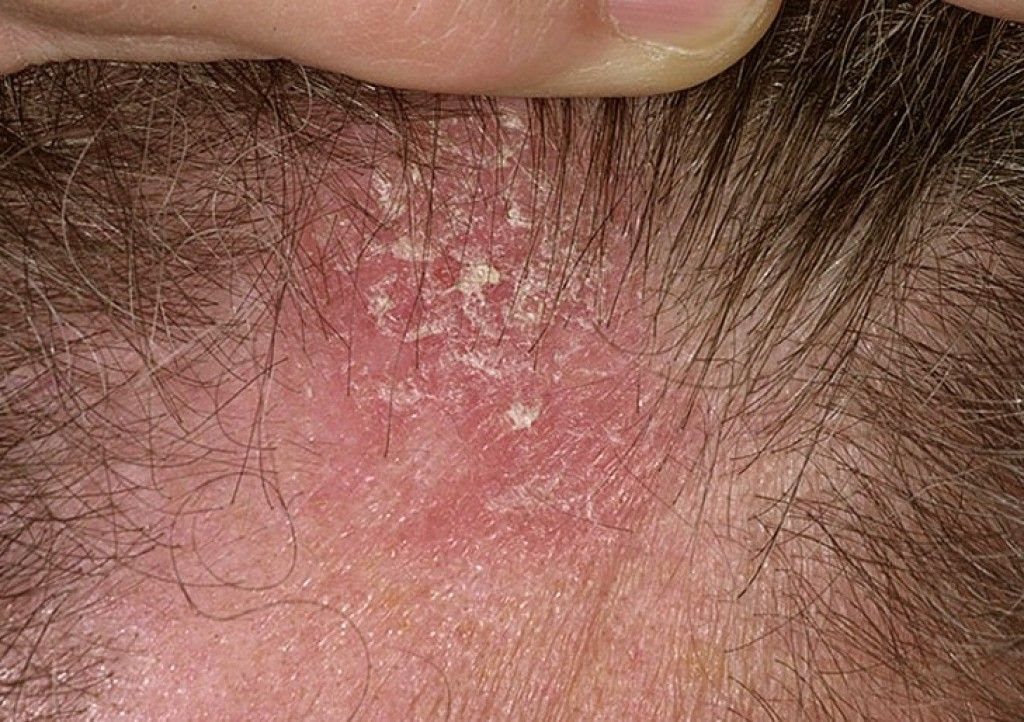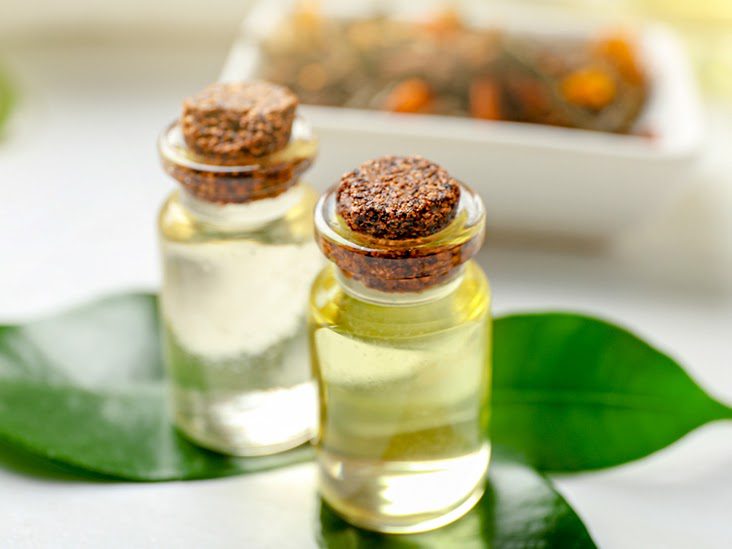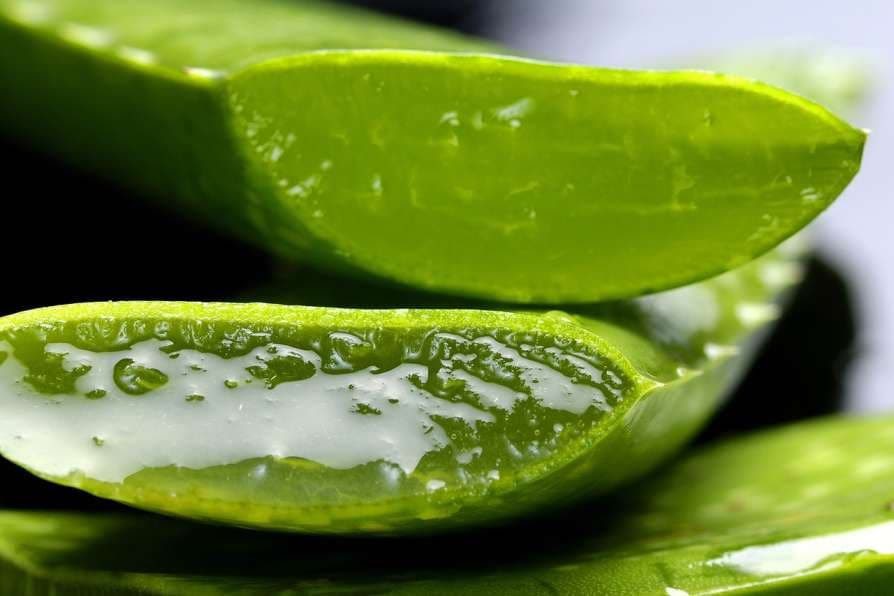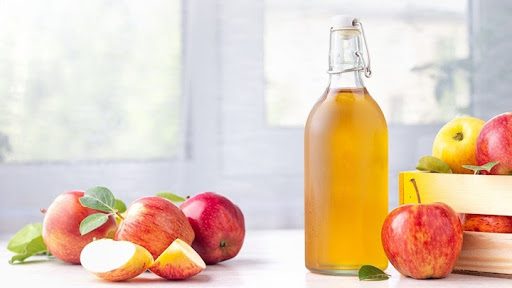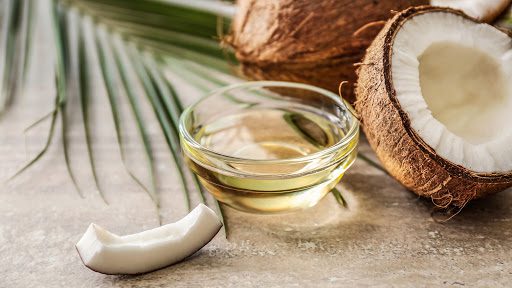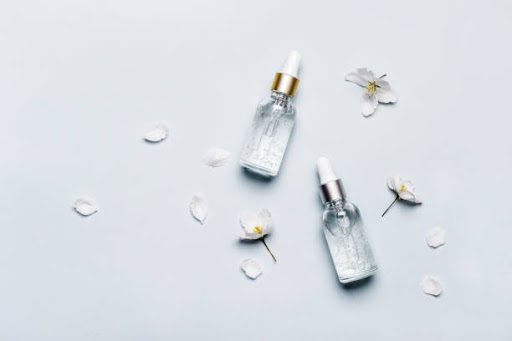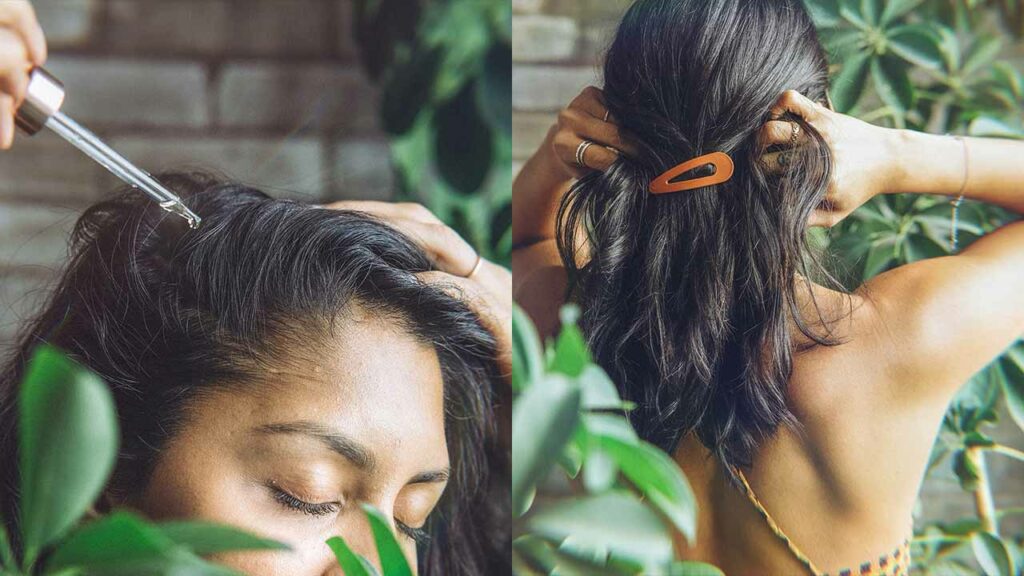7 Ways To Control Hair Fall This Fall
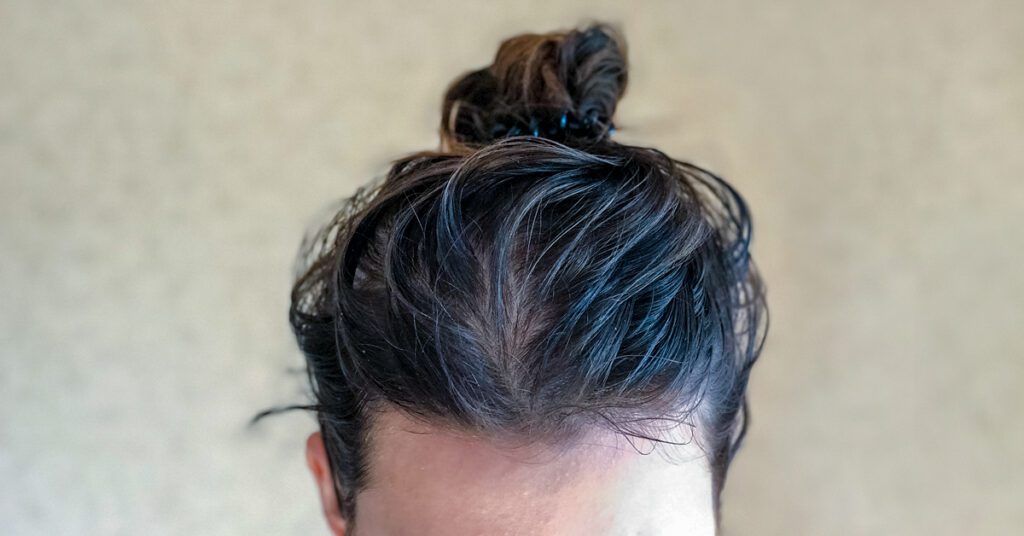
You’ve probably seen the typical hair fall memes on social media sites, such as “what kills more than a failed relationship?” “It’s Hair loss.” However, the jokes are only amusing if you lose 50-100 strands of hair every day, which is considered typical. Consequently, for individuals with brittle or weak hair, the task of combing can be intimidating.
What Causes Hair Fall?
A good hair day quickly puts most of us in positive spirits. Such is the significance attached to the look of our hair. Imagine how awful it is to deal with your treasured hair locks beginning to fall off when even an occasional poor hair day may really put a damper on our attitude
Want to know the causes of Hair Fall?
Let’s dive into the article –
1. Stress

- Anagen (growing), catagen (when development slows), telogen (resting), and exogen are the stages that a hair strand goes through (falls out). When there is a disruption in the body, the hair rapidly exits the development phase and enters the resting phase, when it eventually falls out.
- Stress is a key impediment to hair development. Living a fast-paced life, coping with pressure, and multi-tasking all cause anxiety. This physical and emotional pressure causes your hair follicles to transition from a growing to a resting phase. The consequences are significant hair loss.
2. Hygiene
- Are you a person who believes in washing your hair once a week? Or do you accept the notion that hair oils are harmful? The unclean scalp is one of the most prevalent reasons for hair loss.
- To keep the scalp and hair hydrated, they must be cleansed with a gentle shampoo and oiled. Sweat and sebum buildup can block hair follicles, leading to infection. It can also encourage dandruff.
- Excess oil accumulation on the scalp can cause hair follicles to get clogged. These clogged hair follicles are unable to breathe, making them feeble and resulting in hair loss.
3. Aging
- People’s hair tends to go out as they become older. Several studies have found that as we become older, the stem cells in our hair follicles decrease and go inactive. While development slows, many hair strands enter the resting phase and eventually fall out. As a result, it is not uncommon for elderly persons to have a receding hairline.
- Sun damage can hasten hair ageing. Pigment in your hair, like pigment in your skin, is protective. Hair that has become grey or white is more susceptible to UV (ultraviolet) radiation. Using hair treatments that contain sunscreen and wearing helmets can help prevent damage.
Ways To Control Hair Fall
1. Essence Oil To Optimise Absorption
- When it comes to combating hair loss, you have two options: 1) Preventing it from happening in the first place. 2) Stimulating dormant follicles to reactivate
- Serum can often achieve things that oils cannot. It quickly penetrates into the scalp and leaves no oil behind.
- Some hair serums aim to prevent hair loss by protecting the hair you already have. They frequently do this by protecting hair against heat, humidity, chemicals, or UV radiation using antioxidants, keratin, silicone, or other substances.
- Other hair serums deliver significant nutrients to the hair follicle, such as biotin, folic acid, and vitamins, resulting in improved, thicker, and more supple strands. Appropriately nourished hair is healthier and less likely to break out.
- Fast Hair Growth Ginger Essence Oil is a new growth boosting serum powerful hair growth therapy that contains pure blends of ginger oil, almond oil, and castor oil to promote hair growth while removing dryness and irritation.
- The infusion of these oils conceals ginger’s pungent odour while simultaneously increasing its effectiveness. If you’re searching for a simple way to regenerate your hair, this oil is a great option. Many people have reported great outcomes after using this serum for three weeks.

2. Opt Sulphate-free Formulations
- To begin, what exactly are sulphates? Sulfates are detergents that clean dirt and filth from our hair and scalp.
- ALS (Ammonium Lauryl Sulfate) and SLS (Sodium Lauryl Sulfate) are chemicals found in shampoos and conditioners that can irritate, damage, and even burn your hair follicles. That is why sulphate-free formulations should be your best mate.
- Sulphate-free shampoos, as opposed to ordinary shampoos, contain components such as sodium lauryl sulfoacetate, which are less abrasive than the components present in standard shampoos. This is why sulfate-free shampoos lather so little.
- PURC’s Hair Growth Shampoo and Conditioner is a powerful duo that is devoid of harsh chemicals, considerably kinder, and just as effective!
- This combination gives the extra care your hair requires, thanks to the benefits of ginger, soy, and ginseng extracts and the absence of SLS, parabens, silicone, and artificial scent.

3. Follow Correct Diet
- What you consume can also have a significant impact on hair loss. Consider replacing nutrient-depleted manufactured and packaged foods with more whole, genuine, and natural foods.
- A well-balanced plant-based diet can help you obtain the nutrients you need to keep your hair, skin, and nails in good condition.
- Because protein accounts for about 85 percent of our hair, it is critical to have plenty of protein for both breakfast and lunch, as well as sufficient iron for hair development. Crash diets, it suffices to say, are a no-no.
- Consume meals high in protein, vitamin E, iron, biotin, and zinc. Vitamin A-rich foods stimulate sebum production, whilst Vitamin E promotes blood circulation and keeps hair follicles active.
- When it comes to specific foods, you’ll want to stock up on these healthy hair all-stars and put them in your basket as soon as possible.
4. Hair Growth Supplements
- So you’ve realised that your hair might use some TLC. Perhaps your tresses are scant, fall flat, or it’s taking an eternity to grow out your present style. Whatever your concern, vitamins developed specifically for your mane may be more beneficial than you realise.
- Also, a healthy diet isn’t always enough. Look for hair supplements including Vitamin B12, Vitamin D3, Copper, Biotin, Selenium, Zinc, or Iron that will supplement your hair’s nutritional needs for long-term benefits.
- When you take an oral supplement, it enters your circulation and feeds all cells, including your hair follicles.
- Nutrafol addresses each stage of the development cycle with highly concentrated botanicals such as vitamin E, ashwagandha (a kind of plant), anti-inflammatory biocurcumin, and others.
- It also has strong clinical trials to back up its effectiveness. One peer-reviewed research (sponsored by Nutrafol) published in the Journal of Drugs in Dermatology discovered that women whose hair was thinning reported increased growth and thickness after six months of taking it. After three months, the researchers discovered an increase in hair density.
5. Refrain Wet Hair Brushing

- Brushing your hair after bathing may appear to be the regular order of events, but if you’re not cautious, it may cause considerable damage because hair is at its most delicate while wet.
- When your hair is damp, it is at its most vulnerable. Brushing damp hair should be avoided as the risk of hair loss increases. If you must comb damp hair, use a very wide tooth comb. You can sometimes untangle knots with your fingertips rather than a comb or brush.
- Quick Hint: To minimise hair breakage, use a wide-toothed wooden comb.
6. Using A Microfiber Towel For Hair
- Investing in a microfibre towel is one of the finest things you can do for your hair since these towels are a combination of small polyamide and polyester fibres. Microfiber towels are also 100 times finer than human hair and contain 200,000 separate threads.
- They are more absorbent than terry cloth or cotton bath towels, despite their ultra-fine threads. Because microfiber towels absorb water easily, you will need to do less tugging and pulling on your hair.
- While wringing or rubbing may seem natural, gently pushing the water out of your hair with a very absorbent microfiber cloth towel is an optical method. It aids in absorbing the water and drying the hair faster with less friction, resulting in less hair fall than when using a conventional towel.
7. Hair Growth Tools
- A derma roller is a new trend that has been shown to improve hair development. For your hair, you should use a derma roller. A derma roller stimulates your scalp and increases blood circulation around it, resulting in long-term hair growth enhancement. For optimum results, use a derma roller with needle diameters ranging from 0.25 to 0.5 mm.
- A hairbrush may be more effective than a hair comb since hair combs injure the hair tissue and scalp, resulting in hair loss. Use a hair brush to apply minimal pressure to the scalp while creating the perfect split for your hair!
Conclusion
Do you lose hair when you softly tousle your hair or run your finger through it? Hair loss may be upsetting, especially when it affects one’s look. While hair loss is normal in people, severe hair loss can be an indication of underlying health problems or a side effect of one. As a result, it is critical to keep track of how much hair you are losing.


